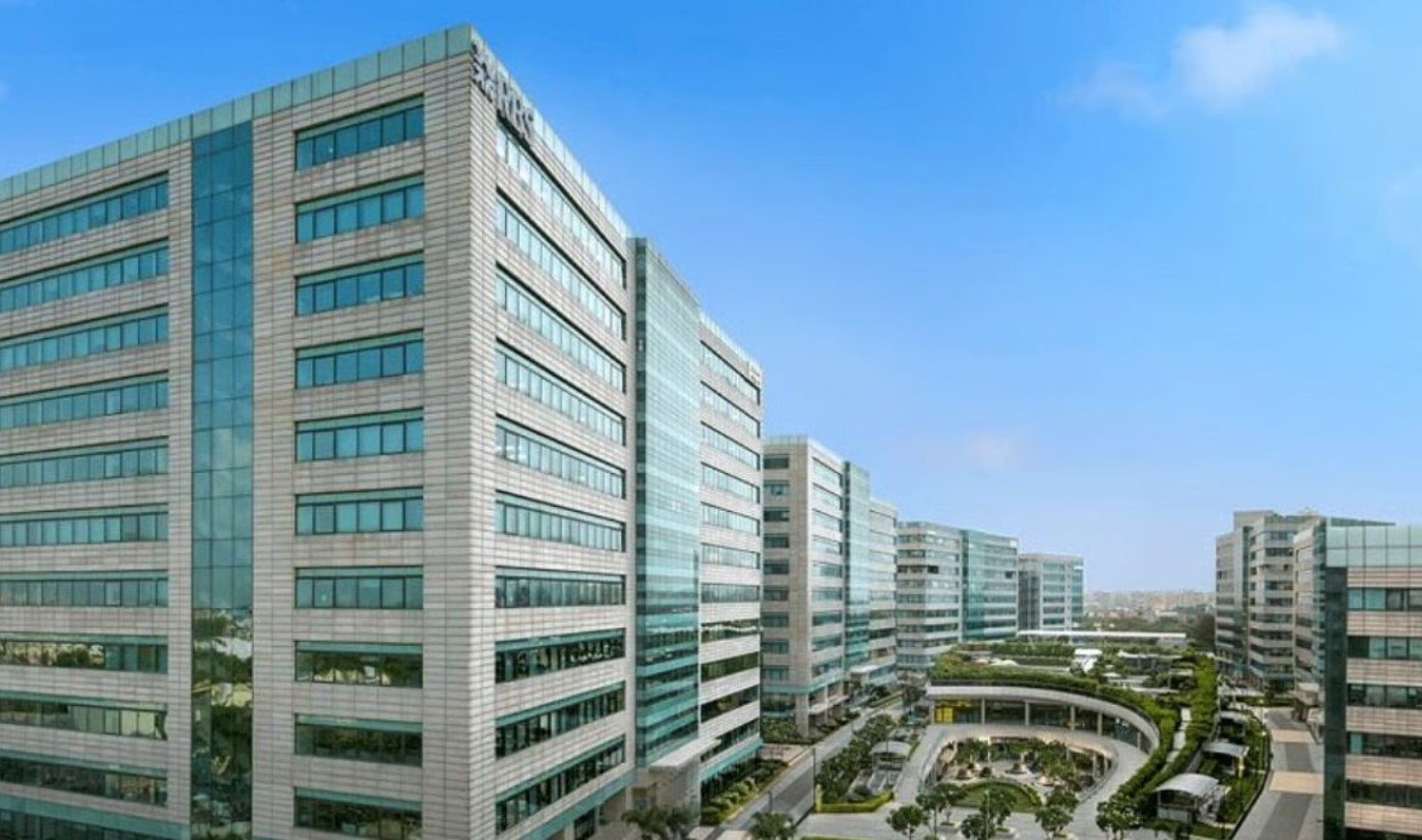The Indian real estate market is witnessing a significant shift as property prices rise and developers focus on larger-sized flats, impacting affordability for many potential buyers. Recent data indicates a marked preference for bigger apartments, leaving smaller units in short supply.
The Rise of Larger Flats
According to Mayank Saksena, CEO of land services at Anarock Property Consultants, developers are now prioritizing the construction of 3 and 4-bedroom apartments over the traditionally popular 1 and 2-bedroom units, especially in cities like Bangalore. “Mostly they are focusing on 3 and 4 bedroom apartments,” Saksena noted.
Changing Sales Dynamics
Data from TruBoard Partners reveals a decline in the share of smaller apartments sold in major cities:
- Bangalore: The share of 1BHK units dropped from 9% in June 2022 to 6.7% in June 2025, while 2BHKs fell from 40% to 27.2%. Meanwhile, the share of 3BHKs rose from 45.3% to 52.7%.
- Gurugram: 1BHK sales remained below 1% for the past three years, and 2BHKs decreased from 23.7% to 7.7%. Even 3BHKs saw a decline, from 53.9% to 46.3%.
- Mumbai: 1BHKs accounted for 28.3% of sales in June 2025, down from 34.6% in June 2022. The share of 2BHKs slightly decreased, while 3BHK sales increased from 18.7% to 21%.
Impact on Affordability
The trend towards larger apartments is part of the larger issue of rising property prices. In Bangalore, 3BHK apartments now average 2,200 sq ft compared to 1,200 sq ft for 2BHKs, with prices tripling over the past five years to an average of ₹15,000 per sq ft, according to Saksena.
“So increase in prices and sizes have made it unaffordable for many. It is not only for Bangalore; other cities also have seen this phenomenon,” Saksena added.
Residential Price Surge
Vivek Rathi, National Director – Research at Knight Frank India, echoed these sentiments, highlighting a 20-60% rise in property prices since 2020. “Since ticket prices have gone up, affordability has gone out of the window for many people,” he said.
Data from Anarock Research shows that average residential prices across top cities rose 11% year-on-year in the June quarter, with Delhi-NCR leading at a 27% rise, followed by Bangalore at 12%.
Market Reactions and Developer Strategies
The increase in prices and preference for larger units have pushed buyers to consider properties in distant suburbs. Meanwhile, developers are responding by launching smaller 3BHK and 4BHK apartments in cities like NCR and Mumbai.
“Early indicators show a growing preference for smaller, well-connected units, and price increases that outpace income growth have further restrained market momentum,” said Sangram Baviskar, CEO of TruBoard Partners.
FAQ
Q: Why are developers focusing on larger flats?
A: Developers are prioritizing larger flats due to higher profit margins and changing buyer preferences, although this trend is affecting affordability.
Q: How have property prices changed recently?
A: Property prices have risen significantly, with increases ranging from 20-60% in major cities since 2020.
Q: Are smaller units still available in major cities?
A: Smaller units like 1BHKs have seen a decline in sales, with developers focusing more on larger options.
Q: How is the market responding to these changes?
A: There is a growing demand for smaller, well-connected units, and developers are adjusting their strategies to accommodate this shift.
Q: What is the future outlook for property prices?
A: Experts suggest a cautious approach, as prices may stabilize, and buyers are adopting a wait-and-watch strategy.
In conclusion, the trend towards larger flats amid rising property prices is reshaping the Indian real estate landscape. While this shift may offer new opportunities for developers, it presents significant challenges for affordability, urging both buyers and market players to reconsider their strategies.

